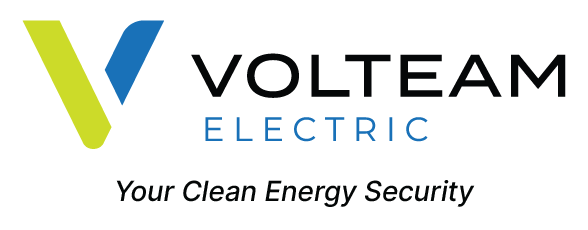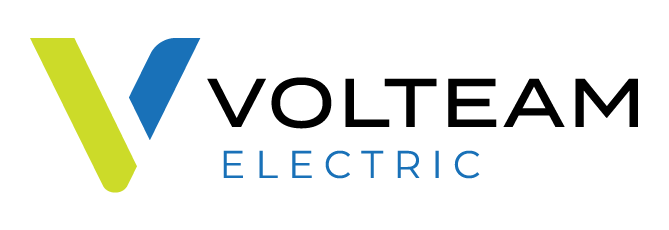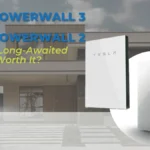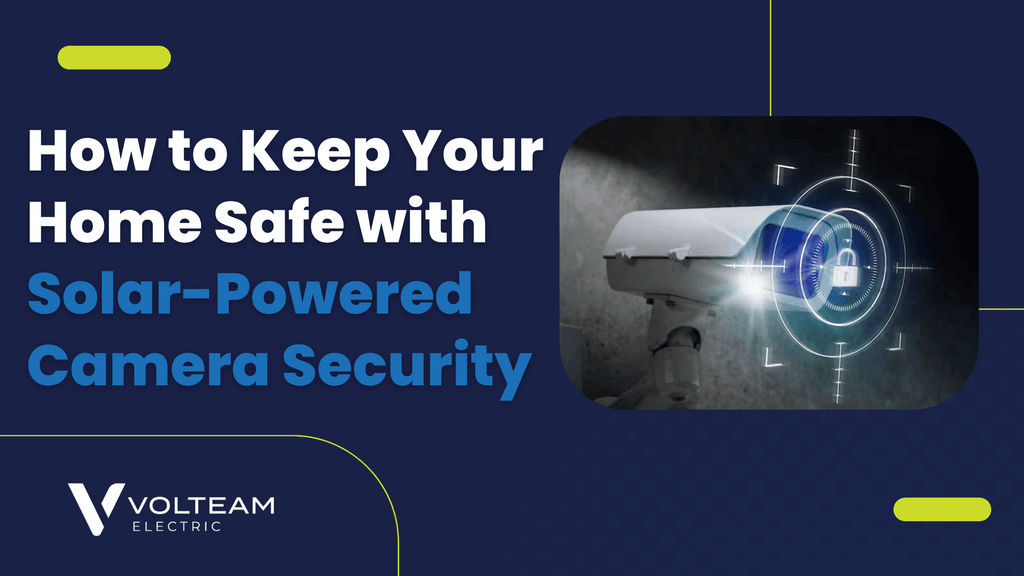
How to Keep Your Home Safe with Solar-Powered Camera Security
With the continuing advancement of modern technology comes an increase in innovative security solutions for our homes, from cloud-based surveillance systems to those that embrace AI and machine learning.
Despite this, one solution that still reigns supreme is security cameras, which should run around the clock to keep your home and garden protected both day and night. However, growing concerns surrounding climate change and rising energy costs mean that we must find alternative ways to maintain the safety of our valuables and families – and that’s where solar security cameras can be incredibly beneficial.
Discover the key benefits of investing in solar-powered solutions today, along with some handy tips for selecting the right system to ensure safety and manage your home’s energy consumption more efficiently.
What is a Solar-Powered Security Camera?
Solar security cameras are surveillance devices that can be installed outside your property and use solar power rather than a traditional electricity supply from the grid.
Solar-powered security systems consist of two components, including the camera itself and a solar panel. This solar panel works by generating energy from sunlight and turning it into direct current (DC) electricity.
A solar inverter will convert the electricity into 230V alternating current (AC), which is then used to power electrical appliances and solar cameras within your home.
A good solar camera should provide a simple setup with minimal maintenance for uninterrupted surveillance in remote areas, through the night, and on cloudy days.
Benefits of Solar-Powered Security Cameras
The self-sufficiency of solar cameras makes them a reliable, adaptable, and sustainable solution to monitor your home, offering a continuous live feed without needing to use traditional energy sources.
Here are three key reasons why you should consider solar-power security:
1. Better for the Environment
Thanks to their reliance on renewable energy, solar-powered security cameras offer a sustainable alternative to those fuelled by the grid. Traditional cameras use electricity generated by burning fossil fuels as their main source of power, which emit greenhouse gases that cause climate change.
By choosing a more sustainable energy source, you’ll be reducing your carbon footprint and contributing towards Australia’s emissions reduction targets. This aims to get the production of greenhouse gases to 43% below 2005 levels by 2030.
Not only is solar power more environmentally friendly, but it also lowers your home’s electricity consumption, therefore helping to tackle those rising energy bills you may have noticed.
2. Works in All Conditions and Areas
A common misconception when it comes to solar panels is that they don’t work on rainy or cloudy days – however, this isn’t necessarily the case.
Although they may run slightly less efficiently, solar panels are built to absorb diffused sunlight that’s scattered by clouds and convert it into usable energy. Designed to be resistant to the elements, a good solar-powered security camera system should therefore continue operating whatever the weather, especially when installed with a rechargeable battery backup.
They’re also a reliable choice for those living in more remote areas who may struggle with older electricity infrastructure that’s more vulnerable to power outages and can often take longer to repair.
Solar systems offer greater flexibility in placement too, as they don’t require conventional electrical wiring to work. This means that even rural homes can benefit from the peace of mind that security cameras offer.
3. Facilitates Energy Independence
Solar-powered systems allow householders and businesses to generate their own energy independent of the electricity grid, which is not only the more environmentally friendly option, but also means that your home will remain protected even during power outages.
Having a solar-powered security system with a built-in, high-capacity, rechargeable battery helps to store any surplus energy produced, something that’s particularly useful when the weather isn’t looking so great during the colder months.
Purchasing a Solar-Powered Security Camera System: What to Consider
Before investing in a solar-powered security camera, there are several factors to think about that ensure you’re meeting your property’s specific surveillance requirements. Check out these crucial features when comparing systems:
- Camera Quality: Ensure that your chosen solar-powered security camera has a high resolution to produce clear and detailed images of activities in any recorded footage. Cameras with at least a 1080p resolution are often the best choice.
- Field of View: Cameras with a broad field of view will cover larger regions to keep more areas of your home safe, reducing blind spots without needing to reposition the camera
- Night Vision: For solar cameras to provide a live view 24/7, they’ll need to be equipped with quality LED or infrared night vision technology, such as high contrast black and white, to produce clear footage in low-light conditions.
- Camera Battery Life: The rechargeable battery within your solar cameras should have a high capacity, meaning that they can store more energy for cloudy days.
- Storage Options: To save videos for future reference, you’ll often be able to choose between cloud-based storage systems or built-in local storage, such as a MicroSD card.
- Weather Resistance: Check the weatherproof rating when purchasing security camera systems to make sure that they can withstand extreme temperatures, rain, snow, and dust, especially since they’re usually installed outdoors.
- Motion Detection: Motion detection features activate live feed recording only when they identify motion, which helps to conserve the battery and storage space of your security camera.
- Compatibility: Choose a solar camera that’s compatible with smart home systems like Google Home and Amazon Alexa to take more control of your property’s security. These systems allow you to receive notifications, monitor live feeds, and give voice commands, while linking everything together through a centralised app.
Where Should Solar-Powered Security Cameras Be Installed?
When constructing your solar power setup, you should be prioritising both maximum sunlight exposure and full security.
Try to position the camera in a location where it will be hit by direct sunlight for a large portion of the day, and keep it away from eaves, large trees, walls, and other structures causing shadows that may prevent the system from charging.
Ensure the camera has a high vantage point and wide viewing angle for motion detection purposes too. This should include exits and entryways, windows, driveways, and vulnerable locations on the outside of your home to ensure full security.
Invest in Solar Power Solutions Today
Our expert solar power solutions here at Volteam are designed to keep both residential and commercial properties safe while lowering your energy consumption. We can advise you on the best solar systems to power your home’s security cameras, along with installing solar batteries to store any excess energy generated and maximise the benefits of your system.
Our team is fully licensed and CEC-accredited, so you can be sure that your solar security needs are in capable hands. We also only use systems from trusted brands like General Electric, Tindo, LG, and Tesla to ensure that you receive a reliable and long-lasting solution.
Speak to our experts today via phone at 1300 865 832 or contact us online to find out more about our reliable solar installation and maintenance services today.
About the author

Marcin Hernik
Marcin Hernik is the Managing Director at Volteam Electric Pty Ltd, leveraging his expertise honed from TAFE Queensland's Electrical and Electronics Engineering, following his graduation from the University of Technology and Humanities in Radom. His career is marked by a commitment to excellence in electrical engineering and leadership in the industry.
